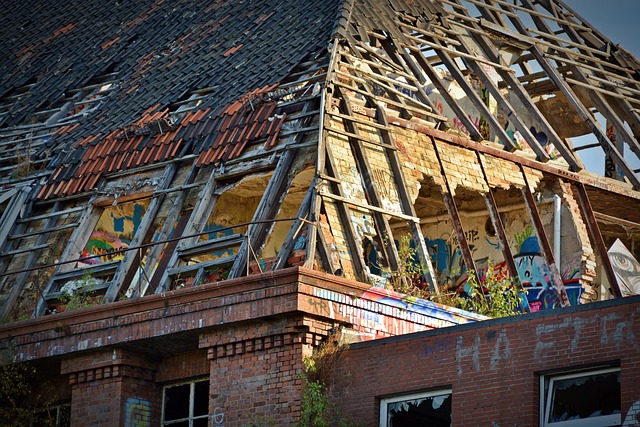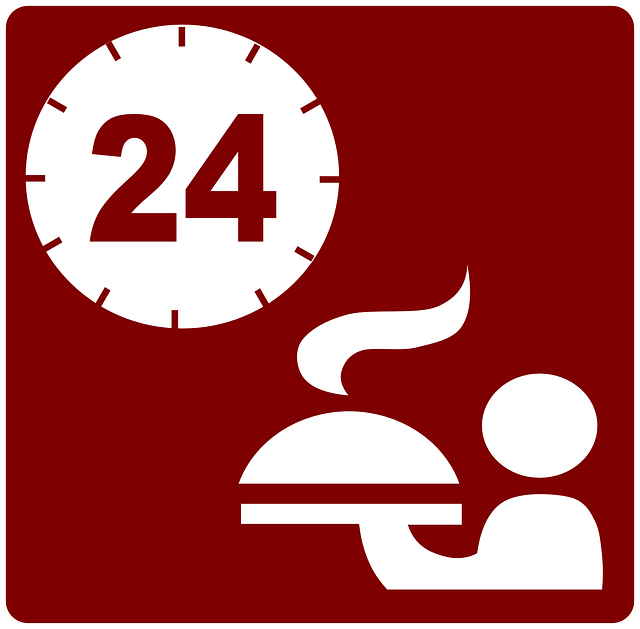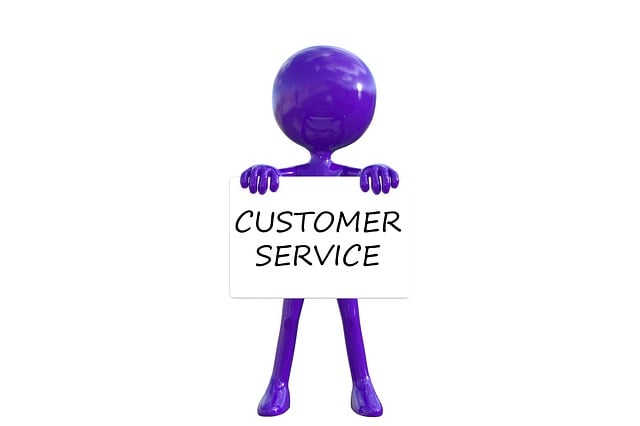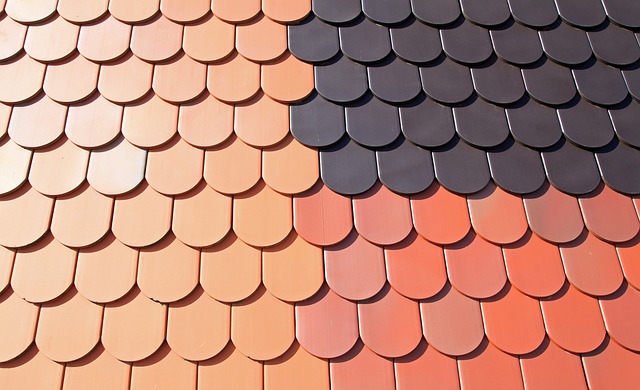Regular roof inspections by professional roof inspection services are essential for maintaining commercial roofs. These thorough assessments detect early issues, preventing minor problems from escalating into major repairs or replacements, saving businesses money and extending the lifespan of their roofing systems. Advanced technology like drones and 3D imaging enhances safety and efficiency in these inspections. Common commercial roof issues include leaks, punctures, and poor drainage, which can be detected through regular twice-yearly inspections focusing on damage, flashing integrity, drainage, and ventilation. Preventative care improves energy efficiency, indoor air quality, reduces utility bills, and boosts productivity and customer satisfaction. Choosing the right roof inspection services with proven experience, reputation, and transparent estimates ensures optimal roof performance and protection of investments.
Commercial roofs are integral to a business’s success, protecting buildings from the elements. Regular roof inspections are vital for identifying potential issues early on, saving businesses costly repairs down the line. This article delves into the significance of routine examinations, exploring key components of comprehensive roof inspection services and the evolving role of technology in maintenance. We also address common problems and highlight the benefits of preventative care, offering expert tips for selecting reliable roofing professionals. Discover how proactive roof care can enhance your business’s bottom line through effective roof inspection services.
Understanding the Importance of Regular Roof Inspections

Regular roof inspections are an essential aspect of commercial roof maintenance, often overlooked but crucial for several reasons. These comprehensive assessments by professional roof inspection services help identify potential issues early on, preventing minor problems from escalating into major repairs or costly replacements. By conducting routine inspections, businesses can stay proactive rather than reactive when it comes to their roofing systems.
Such inspections involve a detailed examination of various components like shingles, flashing, drains, and underlayment, ensuring they are in optimal condition. This proactive approach not only saves money but also enhances the longevity of commercial roofs, which often serve as critical structures for businesses, providing shelter and protection from the elements.
Key Components of a Comprehensive Roof Inspection Service

A comprehensive roof inspection service is an essential aspect of maintaining any commercial property. It involves a meticulous evaluation of various components to ensure the roof’s structural integrity and longevity. The process typically includes assessing the overall condition of the roofing materials, such as shingles, tiles, or membranes, checking for signs of damage like missing or damaged tiles, leaks, or blisters, and examining the flashing and gutters for proper drainage.
During an inspection, professionals also look into the roof’s underlayment and decking, checking for rot, moisture intrusion, or any structural weaknesses. Additionally, they evaluate the performance of sealing agents, adhesives, and coatings to safeguard against environmental elements. Regular roof inspection services not only help in identifying issues early but also play a crucial role in extending the lifespan of commercial roofs, thereby reducing long-term costs and potential business disruptions.
The Role of Technology in Modern Roof Maintenance

In today’s digital era, technology has revolutionized commercial roof maintenance, enabling more efficient and comprehensive inspections. Advanced tools such as drones and 3D imaging are now integral parts of roof inspection services. Drones, for instance, can swiftly capture high-resolution images from hard-to-reach areas, enhancing safety and reducing the time typically spent on manual inspections. This technology provides a detailed visual survey, allowing professionals to identify issues like missing shingles, leaks, or structural damage early on.
Furthermore, digital data analysis has improved decision-making processes. Roof inspection software can process the collected data, generating reports with precise measurements and problem areas highlighted. This not only streamlines maintenance tasks but also ensures that no detail is overlooked during roof inspections, ultimately extending the lifespan of commercial roofs.
Common Commercial Roof Issues and How to Address Them

Commercial roofs are subject to various issues due to constant exposure to harsh weather conditions, heavy loads, and frequent foot traffic. Common problems include leaks, punctures from debris or construction, damaged or missing shingles/tiles, and poor drainage systems leading to water pooling. Regular roof inspection services play a pivotal role in identifying these issues early on, saving businesses significant costs and downtime associated with extensive repairs.
To address common commercial roof issues, start by conducting thorough roof inspections at least twice a year. During these inspections, professionals look for signs of damage, check the integrity of flashing and seals, assess drainage systems, and ensure proper ventilation. Addressing small problems promptly—like loose or missing components—can prevent them from escalating into larger, more expensive repairs. Regular maintenance also includes cleaning gutters and downspouts to prevent clogs that could cause water damage, as well as re-sealing or replacing worn-out areas to maintain the roof’s protective barrier against the elements.
Benefits of Preventative Roof Care for Businesses

Regular roof inspections are a cornerstone of preventative roof care, offering businesses numerous advantages. These thorough assessments identify potential issues early on, from minor leaks to structural damage, allowing for timely repairs that prevent more severe and costly problems down the line. By investing in roof inspection services, businesses can extend the lifespan of their roofing systems, ensuring optimal performance and protecting their investments.
Moreover, preventative roof care enhances energy efficiency, as well as indoor air quality. A well-maintained roof effectively seals out moisture, extreme temperatures, and pollutants, reducing heating and cooling costs. This leads to lower utility bills and a more comfortable working environment for employees, contributing to increased productivity and customer satisfaction.
Choosing the Right Roofing Professionals: Tips and Considerations

When it comes to maintaining your commercial roof, selecting the right roofing professionals is a crucial step. Start by looking for a company that offers comprehensive roof inspection services, as this initial assessment will reveal any potential issues or areas of concern. A professional team should have the expertise to identify problems related to materials, structure, and drainage systems.
Consider their experience, reputation, and licensing to ensure they meet industry standards. Check reviews from previous clients and ask for references to gauge their performance and customer satisfaction. Additionally, a good roofing contractor will provide transparent estimates, detailing the scope of work, materials used, and associated costs, ensuring you make an informed decision tailored to your commercial roof’s unique needs.
